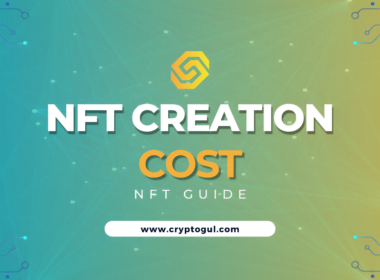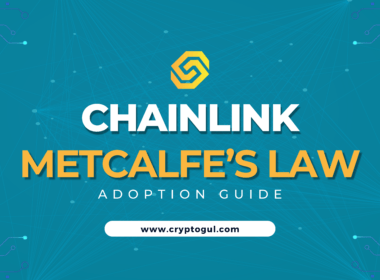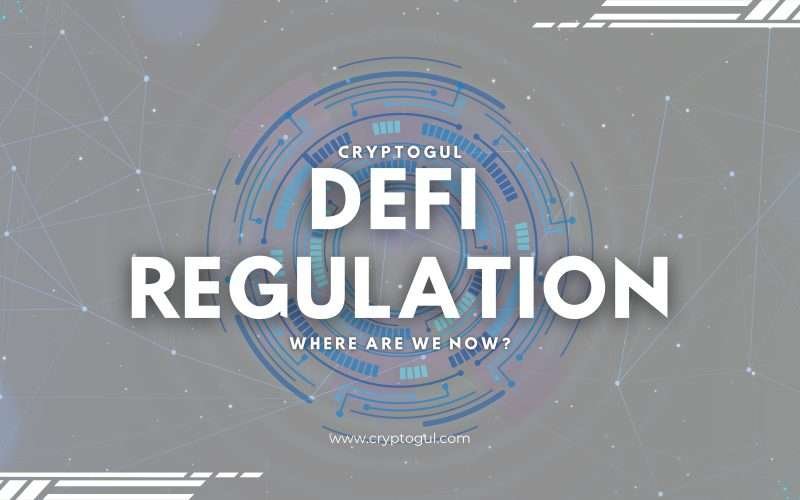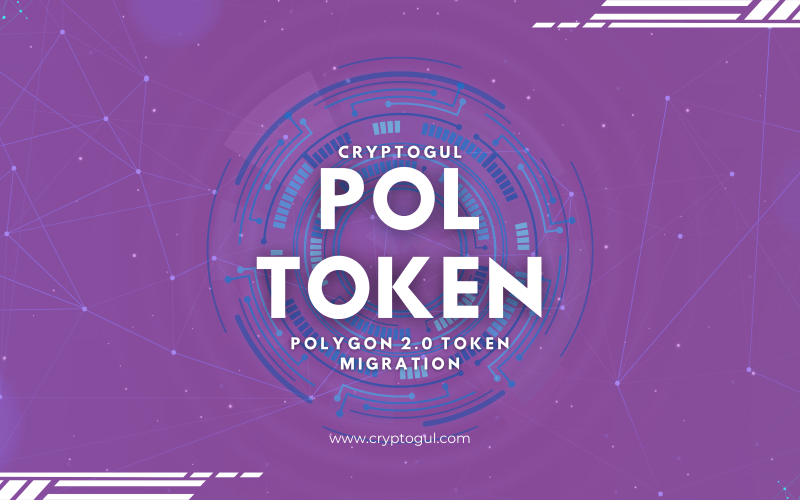In the digital age, the economy is evolving at a rapid pace.
One of the most significant developments is the rise of digital assets, which have transformed the way we think about money and value.
But what exactly are digital assets, and why are they so important?
Digital assets are digital representations of value that can be traded, stored, or used for investment purposes.
They include cryptocurrencies like Bitcoin, Ethereum, and thousands of other tokens, stablecoins, and non-fungible tokens (NFTs).
These assets are revolutionizing the financial industry, offering new ways to conduct transactions, invest, and even create art.
Thanks to the recently released report by Amber Data we have broken down the key highlights in this article.
Importance of Data and Infrastructure in Digital Assets
But behind the scenes, there’s a lot more to the digital asset economy than just buying and selling tokens.
Data and infrastructure play a crucial role in making this economy work.
They provide the foundation for the digital asset landscape, making it possible for these assets to be traded, tracked, and managed effectively.
The Evolution of Digital Assets
From Bitcoin to Thousands of Digital Assets
The digital asset economy has come a long way since the emergence of Bitcoin in 2009.
Today, there are thousands of digital assets, each with its own unique features and uses.
These assets are traded on dozens of centralized and decentralized exchanges, with volumes that would have been unimaginable just a few years ago.
The Rise of Layer-1 Native Tokens, Stablecoins, and NFTs
Among these digital assets, layer-1 native tokens, stablecoins, and non-fungible tokens (NFTs) have gained significant attention.
Layer-1 native tokens are the foundational assets of their respective blockchains, like Bitcoin for the Bitcoin blockchain and Ether for the Ethereum blockchain.
Stablecoins, on the other hand, are digital assets that are designed to maintain a stable value, usually pegged to a specific value or reserve of assets, providing stability in the otherwise volatile crypto market.
Lastly, NFTs represent unique digital items or assets on the blockchain, opening up new possibilities for digital ownership and creativity.
Understanding Digital Asset Data and Infrastructure
The Role of Data Providers in the Digital Asset Data Lifecycle
Data providers play a crucial role in the digital asset economy.
They collect, process, and distribute data related to digital assets, providing valuable insights for traders, investors, and other market participants.
This data can include information about market prices, trading volumes, blockchain transactions, and much more.
The Different Classes of Data Companies Provide
Different data providers specialize in different types of data.
Some focus on market data, providing real-time information about prices, volumes, and other market indicators.
Others specialize in on-chain data, which involves tracking and analyzing transactions on the blockchain.
There are also providers that focus on forensics and market surveillance data, helping to detect and prevent fraudulent activities in the market.
Market Data in the Digital Asset Economy
The Importance of Market Data
Market data is crucial for anyone involved in the digital asset economy. It provides real-time information about the state of the market, helping traders and investors make informed decisions.
Without accurate and timely market data, it would be nearly impossible to trade or invest in digital assets effectively.
The Complexity of Gathering and Streamlining Market Data
However, gathering and streamlining market data is no easy task. With thousands of digital assets traded on dozens of exchanges, the amount of data is enormous.
Data providers need to collect this data from various sources, process it, and present it in a way that’s easy to understand and use.
On-chain Data in the Digital Asset Economy
The Role of On-chain Data
On-chain data, which involves tracking and analyzing transactions on the blockchain, is another crucial component of the digital asset economy.
It provides insights into the activities of digital asset users, helping to understand trends, patterns, and behaviors in the market.
The Challenges of Processing On-chain Data
Processing on-chain data is a complex task. Each transaction on the blockchain contains a wealth of information, but extracting meaningful insights from this data requires advanced analytical tools and techniques.
Moreover, with the increasing use of privacy-enhancing technologies, analyzing on-chain data is becoming even more challenging.
Forensics and Market Surveillance Data
The Need for Forensics and Market Surveillance Data
In a market as dynamic and volatile as the digital asset market, forensics and market surveillance data are essential.
They help to detect and prevent fraudulent activities, ensuring the integrity of the market.
This type of data is particularly important for regulatory compliance, as it allows firms to demonstrate that they are operating in a fair and transparent manner.
The Role of Data Providers in Forensics and Market Surveillance
Data providers play a crucial role in providing forensics and market surveillance data.
They use advanced analytical tools and techniques to detect suspicious activities, helping to maintain the integrity of the digital asset market.
The Landscape of Firms Providing Digital Asset Data
The Different Types of Firms in the Landscape
The landscape of firms providing digital asset data is diverse. Some firms specialize in providing market data, while others focus on on-chain data or forensics and market surveillance data.
Each type of firm plays a unique role in the digital asset economy, contributing to its growth and development.
Comparing the Products and Services of Leading Firms
Different firms offer different products and services. Some provide data feeds and APIs that allow users to access real-time market data.
Others offer analytical tools and platforms that help users analyze on-chain data and detect suspicious activities.
The choice of a data provider depends on the specific needs and requirements of the user.
The Landscape of Firms Operating Core Blockchain Infrastructure
The Different Types of Firms in the Landscape
Just as there are different types of data providers, there are also different types of firms operating the core blockchain infrastructure.
These firms provide the foundational technology that underpins the digital asset economy, including blockchain protocols, nodes, and other key components.
Comparing the Products and Services of Leading Firms
Different infrastructure providers offer different products and services. Some provide blockchain protocols that enable the creation and management of digital assets.
Others offer services related to nodes, which are crucial for maintaining the blockchain network.
The choice of an infrastructure provider depends on the specific needs and requirements of the user.
The Future of Digital Asset Data and Infrastructure
Emerging Trends in the Digital Asset Economy
The digital asset economy is constantly evolving, with new trends and developments emerging all the time.
Some of the key trends to watch include the increasing use of DeFi (Decentralized Finance) applications, the rise of NFTs in various industries, and the growing interest in blockchain technology from traditional financial institutions.
The Role of Data and Infrastructure in these Trends
Data and infrastructure will play a crucial role in these trends.
As DeFi applications become more popular, the need for accurate and timely market data will increase.
Similarly, as NFTs continue to gain traction, the demand for on-chain data and forensics data will grow.
And as traditional financial institutions start to explore blockchain technology, the need for reliable and scalable infrastructure will become even more important.
Conclusion
Recap of Key Points
The digital asset economy is a complex and dynamic ecosystem, with data and infrastructure playing a crucial role.
From the evolution of digital assets to the role of data providers and infrastructure firms, understanding these elements is key to navigating the digital asset economy effectively.
Final Thoughts
As we move further into the digital age, the importance of digital assets, data, and infrastructure will only continue to grow.
By understanding these elements and how they interact, we can better prepare for the future of the digital economy.
F.A.Q’s
Digital assets are digital representations of value that can be traded, stored, or used for investment purposes. They include cryptocurrencies like Bitcoin, Ethereum, and thousands of other tokens, stablecoins, and non-fungible tokens (NFTs).
Data plays a crucial role in the digital asset economy. It provides valuable insights for traders, investors, and other market participants, helping them make informed decisions. Data can include information about market prices, trading volumes, blockchain transactions, and much more.
Market data provides real-time information about prices, volumes, and other market indicators. On-chain data involves tracking and analyzing transactions on the blockchain. Forensics and market surveillance data help to detect and prevent fraudulent activities in the market.
Infrastructure provides the foundational technology that underpins the digital asset economy. It includes blockchain protocols, nodes, and other key components that make the trading, tracking, and management of digital assets possible.
Some of the key trends include the increasing use of DeFi applications, the rise of NFTs in various industries, and the growing interest in blockchain technology from traditional financial institutions.








